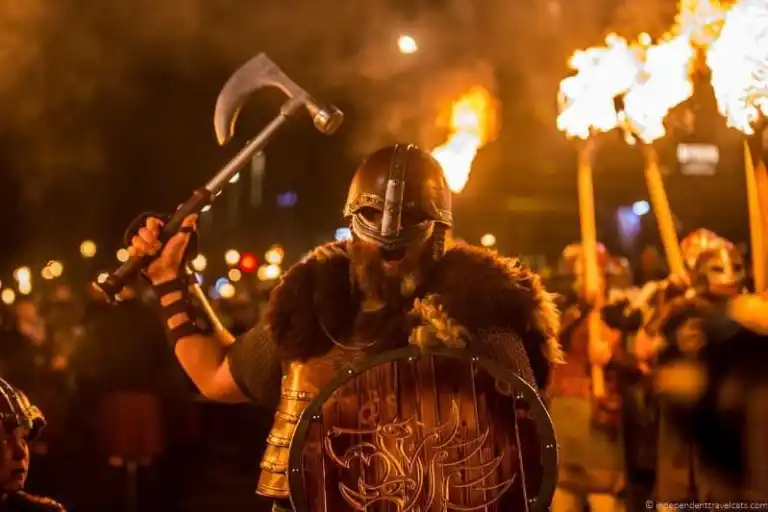Contents
ToggleIn short
Hogmanay (In Challuinn in Gaelic Scottish) is the Scottish word for the last day of the year and is synonymous with the celebration of New Year in Scottish tradition. Its official date is December 31st. However, this date is only the beginning of a party that lasts all night until the morning of the 1er January or often January 2nd which is a public holiday.

Hogmanay, the Scottish New Year
The roots of Hogmanay may lie in pagan winter solstice celebrations among the Scandinavians, incorporating customs from the Gaelic New Year celebration, Samhain. In Europe, they had become the Saturnalia festival, a Roman winter festive event: people celebrated them completely freely and without complexes. The Vikings celebrated Yule, which later contributed to the twelve days of Christmas, or Daft Days ("stupid days") as they were sometimes called in Scotland.
The most common national custom is the practice of first-footing, taking place immediately after midnight. This involves being the first person to cross the threshold of a friend or neighbor's door, and often involves the giving of a symbolic gift such as salt (less common today), coal, shortbread, whisky, or a petit pain noir (a rich cake with fruit).
This gift is meant to bring various types of luck to the owner of the house. Food and drinks, like gifts, are then given to the guests. This can go on until the early hours of the morning and take up some part of the following day; the current trend sees people visiting houses until . THE first foot is supposed to bring good luck for the rest of the year
Many other local traditions from the coasts and Highlands make this festival very diverse across Scotland.
Social networks
Today, Scots celebrate Hogmanay for three days. This Scottish Gaelic New Year has many traditions. First-footing (visiting the first of friends or neighbors) is supposed to bring good luck for the coming year. #mythology #myth #legend #calendar #December 31 #hogmanay 1TP5Scotland
Picture
